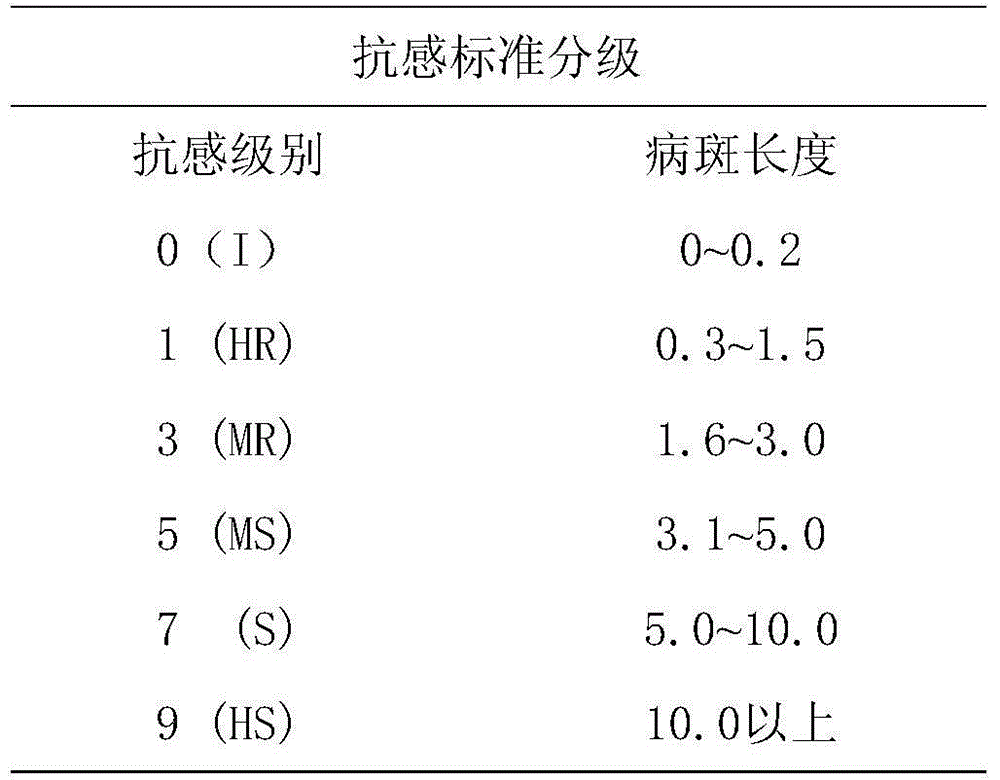Molecular marker closely linked with rice bacterial blight resistance gene and primers and application thereof
A rice bacterial blight and molecular marker technology is applied in the field of detecting rice bacterial blight resistance, which can solve the problems of long breeding cycle and low selection efficiency, achieve intuitive detection, improve detection efficiency, and improve rice yield level Effect
- Summary
- Abstract
- Description
- Claims
- Application Information
AI Technical Summary
Problems solved by technology
Method used
Image
Examples
Embodiment 1
[0023] Example 1. Acquisition of the special molecular marker BYK1 for the identification of bacterial blight resistance traits
[0024] 1. Sequence search and primer design
[0025] Through the hybridization of the susceptible material IR24 and the disease-resistant material IRBB5, the research population was expanded to analyze the recombination events in the region where the xa5 gene was located, and the "IR24×IRBB5" population of 2345 strains was scanned, and the gene was located in an open reading frame. Sequence analysis showed that the encoded product might be the small subunit of TFIIAγ. The primer was designed using the software Primer Premier5.0 and named BYK1, which consisted of forward primer BYK-F1, forward primer BYK-F2 and reverse primer BYK-R. The corresponding sequence information is respectively SEQ ID NO.1, SEQ ID NO.2 and SEQ ID NO.3.
[0026] SEQ ID NO.1(5,-3,) gccattcaagttcttgag
[0027] SEQ ID NO.2(5,-3,)agctcgccattcaagttcttgtc
[0028] SEQ ID NO.3(5,...
Embodiment 2
[0032]Example 2, Correlation verification between the amplification products of BYK primer pairs and resistance traits
PUM
 Login to View More
Login to View More Abstract
Description
Claims
Application Information
 Login to View More
Login to View More - R&D
- Intellectual Property
- Life Sciences
- Materials
- Tech Scout
- Unparalleled Data Quality
- Higher Quality Content
- 60% Fewer Hallucinations
Browse by: Latest US Patents, China's latest patents, Technical Efficacy Thesaurus, Application Domain, Technology Topic, Popular Technical Reports.
© 2025 PatSnap. All rights reserved.Legal|Privacy policy|Modern Slavery Act Transparency Statement|Sitemap|About US| Contact US: help@patsnap.com



